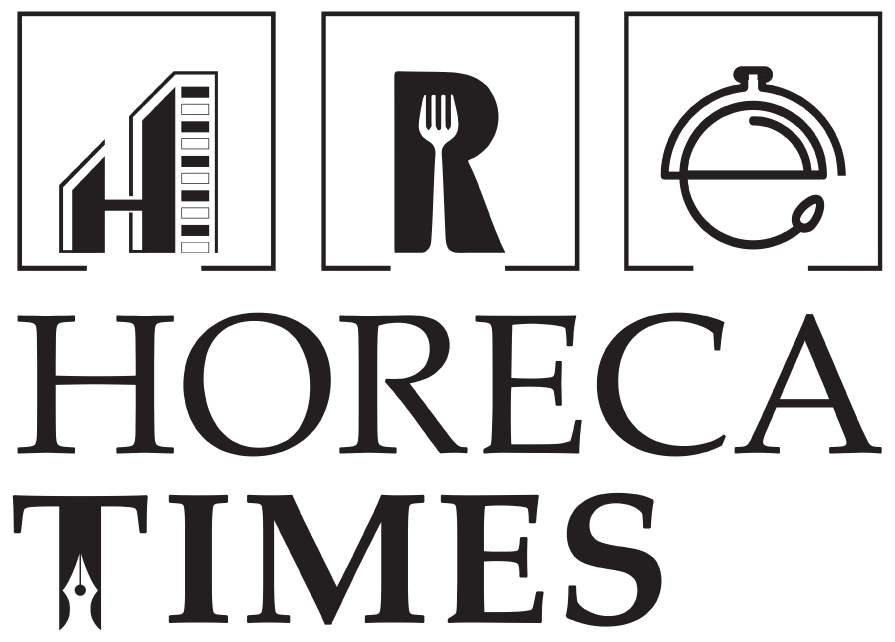When embarking on the journey of opening your first restaurant, whether you’re a seasoned professional venturing out on your own or a newcomer to the industry, deciphering the essential metrics can be a daunting task. As someone who wears both the hat of a restaurateur and a tech leader in the field, my focus revolves around identifying meaningful and actionable data insights and finding efficient ways to communicate these to operators.
Reflecting on my experience opening my initial restaurant over a decade ago, I recall a lack of clarity regarding crucial business performance metrics beyond the basic accounting principles. Back then, resources were scarce, and the current technology-driven data influx was nonexistent. Today, the abundance of data can be overwhelming. Regardless of the era, every operator should grasp the fundamentals of robust business metrics. Here’s what I’ve learned:
Real-time Visibility into Profit and Loss (P&L) is Crucial:
- The core metrics defining business success – prime costs and bottom-line profit – have remained constant over the years. What has evolved is the speed and accuracy with which you can access these numbers. Operators should aim for more frequent insights, allowing them to swiftly correct errors. For prime costs (cost of goods sold and labor), a target of under 70% is advisable, although some top-performing restaurants achieve levels as low as 50%. While most restaurants maintain margins of 4-6%, aspiring for 10% is ideal, allocating the remaining 20% to additional costs like linens, utilities, and rent.
Understanding Guest Trends and Preferences is Essential:
- Beyond the basics, it’s crucial to comprehend your guests’ preferences, such as preferred dining times and items they are willing to spend on. Maintaining velocity while balancing prices is key, as unfilled seats equate to lost revenue. Metrics like sales per labor hour, sales per square foot, and analysis of ticket sizes can provide insights into customer trends. This information can guide adjustments to your menu or service strategies. Additionally, labor costs should be streamlined, considering opportunities for technology integration, such as kiosks or QR code ordering. Understanding customer retention and optimizing marketing efforts for specific target audiences is equally important.
Be Patient in the First Year:
- In the initial phase, expect volatile margins as you navigate uncharted territory. Recognize that these metrics may not be perfect during the opening period. As you settle into the routine, delve deeper into the data insights provided.
In conclusion, keeping track of these metrics becomes more manageable when they are readily accessible. Leveraging intuitive technology that offers real-time visibility into your numbers on various devices is the first step. By gaining a better understanding of your business’s performance, you can make informed decisions, steering your restaurant towards stability and growth. In an industry where every day and every penny counts, staying informed is key to success.






